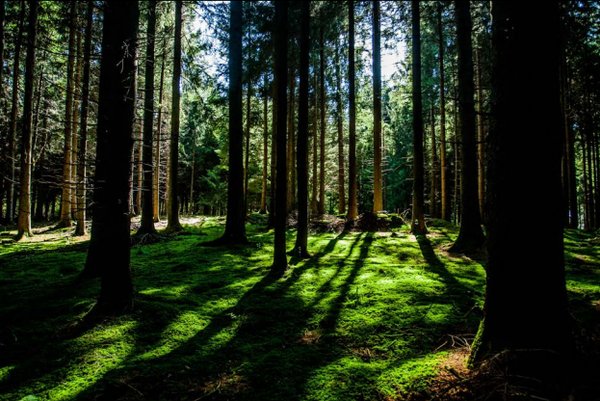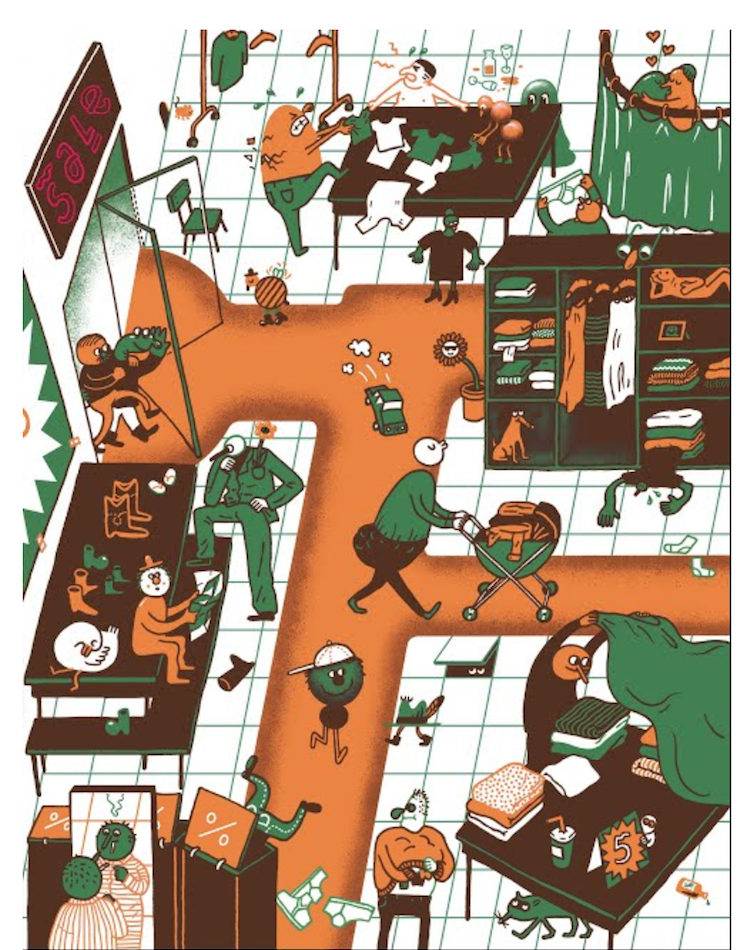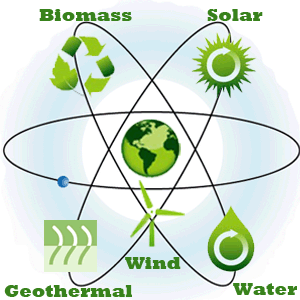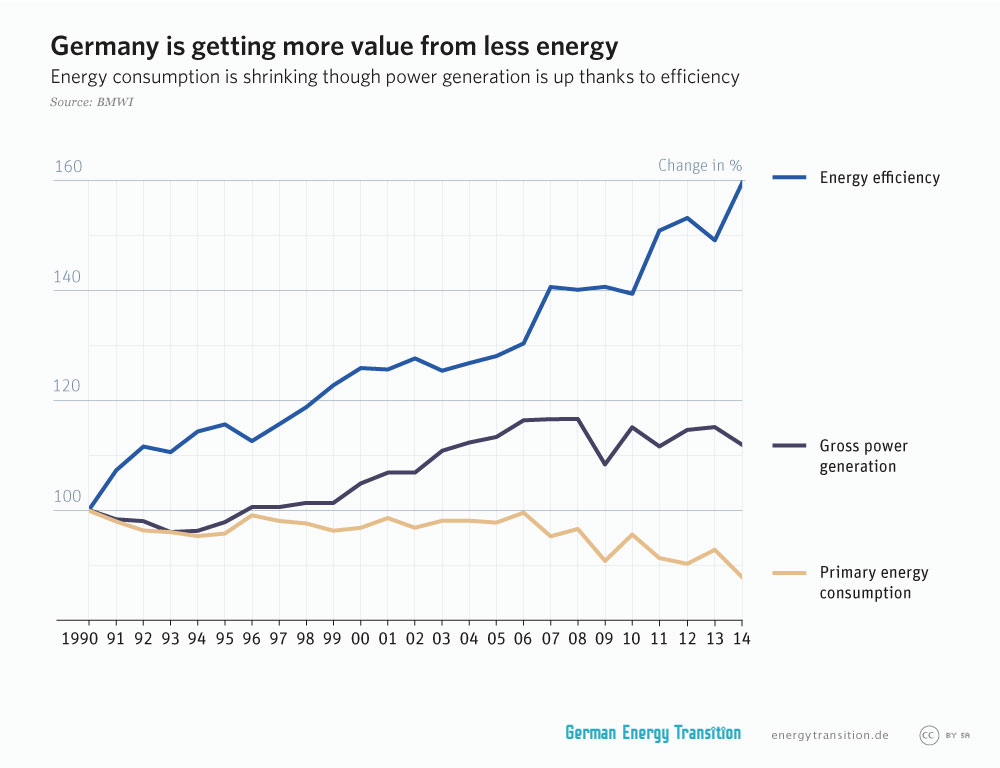With April 22nd drawing near, let us talk a little about Earth Day!
Did you know that the first Earth Day was celebrated in 1970, almost fifty years ago? Back then, it was a day proposed to honour peace and the Earth itself and it was celebrated on March 21st, the first day of spring in the northern hemisphere.
However, the April 22nd Earth Day as we know it was originally a forum on the environment founded by U.S. Senator Gaylord Nelson. In fact, it was only after 1990 that Earth Day became an international event, increasing its previous coverage from just the United States.
The landmark Paris Agreement is due to be signed on Earth Day by more than 120 countries, including both the United States and China.
Just a short summary of the Paris Agreement: it is a global agreement to voluntarily drive down carbon pollution with the aims of maintaining or reducing global temperatures. It also aims to increase the capability of countries to adapt to climate change without threatening food production. What makes this a big deal is that these two countries are literally the world’s largest polluters, accounting for up to 40% of global carbon emissions. When we include other nations like India, Russia and Indonesia, we can account for more than half the world’s emissions of greenhouse gas. That is indeed extremely significant.
With this agreement signed and ratified, the U.S. and China have both demonstrated a willingness to move forward to a low carbon future.
The theme for Earth Day 2016 is “Trees for the Earth”, a call to start planting up to 7.8 million trees by 2020.

Trees help combat climate change by absorbing greenhouse gases, along with providing communities with food, energy and income.
Also, planting a tree is one of the most simple things we can do to save the Earth, no?
The world certainly agrees. Now, let’s take a look at some of the global efforts in contributing to Earth Day 2016.
Canada
In line with the main movement, Earth Day Canada has started a new campaign, #Rooting4Trees, which hopes to plant up to 25,000 trees.
They’re doing this by launching a new crowdfunding website and collecting pledges to support tree-planting projects across the country, as well as encouraging individuals to get their own hands dirty and plant their own trees, or to connect with local organisations to host community events.
What a good way to both demonstrate their commitment as well as celebrate Earth Day Canada’s own 25th anniversary at the same time!
Tokyo
Across the Pacific, Earth Day Tokyo 2016’s theme is “Be the Shift!”, with a focus on personal responsibility and a movement towards both a sustainable and peaceful society amidst the chaos of the world today.
With events such as an outdoor concert in a park, study sessions, as well as a candlelight memorial, Earth Day Tokyo hopes to raise awareness of environment degradation combined with a unique focus on world peace.
Brazil
Meanwhile in South America, ENO (Environment Online) Brazil is conducting a tree-planting day as part of the ENO Treelympics, which is a global campaign that encourages –you guessed it- the planting of trees.
This campaign, mainly for students aged 6-18, encourages them to find suitable areas for planting native trees, with the aid of schools and municipalities. With the motto being CitiusPlusFortius, which roughly translates to faster, greater, stronger, it’s safe to say that they’re going all out.
Rome
Across the Atlantic, in Rome, Earth Day Italy has collaborated with Schools of Rome and Retake Rome to create the Io CiTengo Prize. Translated to “I care about”, the award focuses on the love of one’s city, as well as imagining the future of the Earth.
The award also aims to draw attention to the themes of urban décor, care for your city, and green and common spaces.
Apparently, to win, you submit anything that demonstrates that love for your city is also love for your planet, environment, and fellow man. Anything from essays to artwork to projects are being accepted. How cool is that!
Hong Kong
Going east, the Hong Kong University’s Faculty of Science and Department of Earth Sciences has organised a talk and hands-on workshops for students.
With topics such as “buildings and urban ecology”, as well as “earth materials and their uses”, such a course would no doubt give these students a greater appreciation for the symbiotic nature humans and the earth have, as well as help them with their Earth Sciences class!
Abu Dhabi
Next, in Abu Dhabi, Kalidya Palace Rayhaan is organising its third annual “Battle of the Bottles” boat race, in which participants exercise their creativity and innovation to make boats out of recyclable materials such as plastic bottles.
Apart from that, a pageant would also be held where the best costumes made from recyclable and natural materials will be voted for by a panel of judges.
With such novel and stimulating activities, these participants would no doubt have a good time as well as walk away with more knowledge on how to save the Earth through recycling!
Australia
Lastly, down south in Australia, a small group of performers have put together a play to as their own contribution to Earth Day.
Dubbed “Mirror Pond”, it is a show that aims to raise awareness of the potential dangers caused by mining for unconventional gas, through the story of a young girl on a journey through the magical Land of Shalom. With the aid of two fairies, she regains the courage to return to her own land which is on the brink of environmental catastrophe.
With such a captivating storyline, as well as comedy provided by the two mischievous fair folk, it is safe to say that adults and children alike would both be entertained, in addition to being more enlightened about how mining irresponsibly for gas can destroy the environment.
So much love for our planet ❤️ 🌍
Tell us how are you planning to celebrate Earth Day in your community?




 We mainly see socially responsible products pushed to the forefront of our consciousness these days due to slick marketing campaigns and ads, pushed by both corporations as well as celebrities on how their product gives back to the communities which they gain their raw resources from.
We mainly see socially responsible products pushed to the forefront of our consciousness these days due to slick marketing campaigns and ads, pushed by both corporations as well as celebrities on how their product gives back to the communities which they gain their raw resources from.



